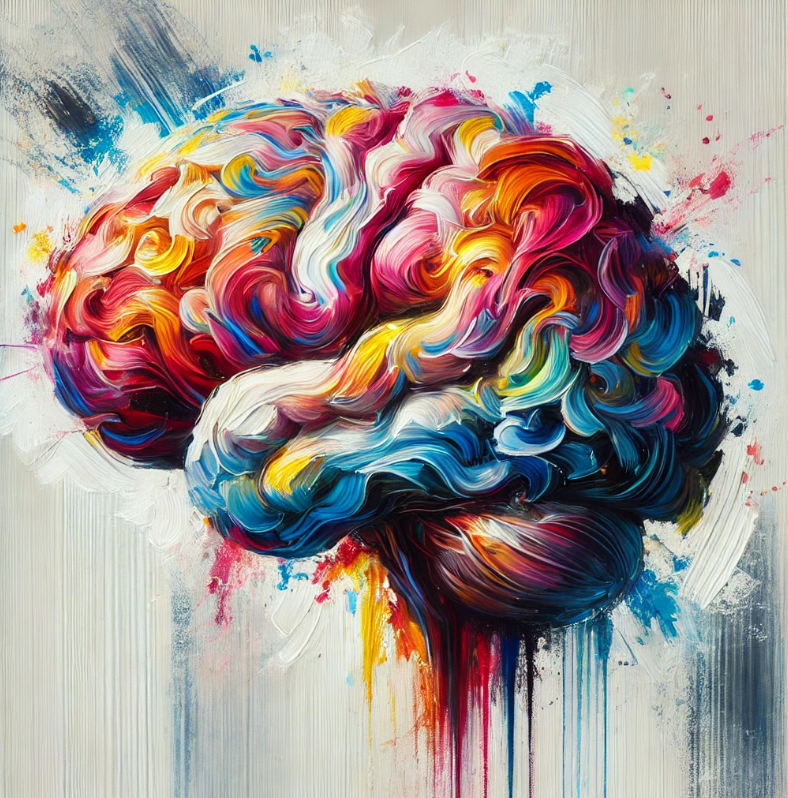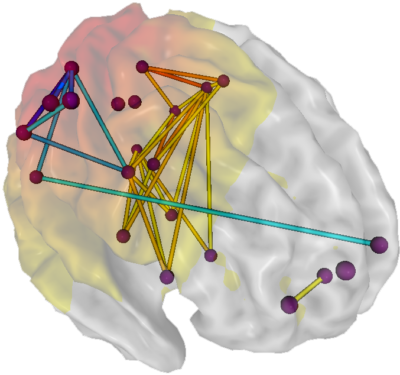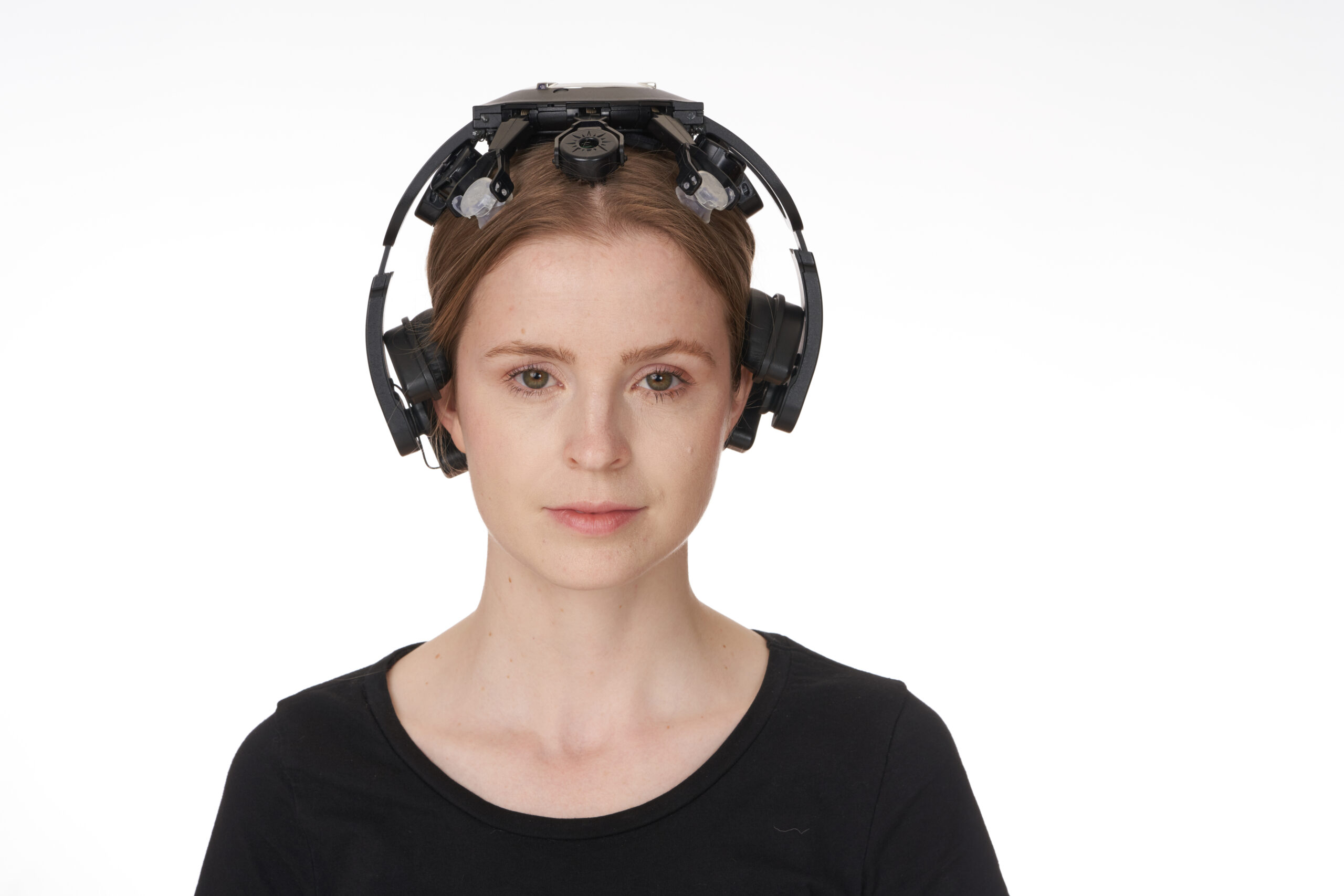
In the growing mental health and cognitive enhancement field, neurofeedback is emerging as an innovative tool that could offer a non-invasive way to improve brain function. But what exactly is neurofeedback, and how does it work? This blog will explore the science behind neurofeedback, its possible applications, and the role of Dry EEG technology in facilitating this approach.
What is Neurofeedback?
Neurofeedback, also known as EEG biofeedback, involves monitoring and regulating brainwave activity to promote healthier brain function. The underlying concept is that by providing real-time feedback on brain activity, individuals may learn to modify their brainwaves, which could improve various cognitive and emotional processes.
During a typical neurofeedback session, sensors are placed on the scalp to measure brainwave patterns. These signals are then processed by a computer, which provides feedback in the form of visual, auditory, or tactile cues. This feedback allows the individual to observe their brain activity and make adjustments to achieve a desired mental state, such as relaxation or focus.

How Does Neurofeedback Work?
The brain produces different types of brainwaves, each associated with specific states of mind. For example, alpha waves are linked to relaxation, beta waves are associated with alertness and focus, and theta waves are related to deep relaxation or meditation. Neurofeedback aims to help individuals adjust these brainwave patterns, with the possibility of improving mental well-being.
In practice, neurofeedback sessions typically involve identifying specific brainwave patterns that may benefit from adjustment. For instance, individuals experiencing anxiety might work on reducing high-frequency beta waves while increasing lower-frequency waves associated with calmness.
The feedback provided during sessions can reinforce positive changes. Over time, and with repeated practice, individuals may learn to maintain these brainwave patterns, potentially leading to long-term improvements in mental and emotional well-being.
Potential Applications of Neurofeedback
Neurofeedback has been explored in various areas, particularly in mental health and cognitive enhancement. Some of the areas where neurofeedback is being investigated include:
- Attention Deficit Hyperactivity Disorder (ADHD): Research is ongoing to explore how neurofeedback might help individuals with ADHD improve focus, attention, and impulse control.
- Anxiety and Depression: Neurofeedback is being studied as a potential tool for helping individuals manage anxiety and depressive symptoms by influencing brainwave patterns.
- Sleep Disorders: Some studies suggest that neurofeedback could play a role in improving sleep by helping to regulate the brainwave patterns associated with restful sleep.
- Trauma and PTSD: Researchers are looking into how neurofeedback may assist individuals with PTSD by targeting dysregulated brainwave patterns.
- Peak Performance: Beyond mental health, neurofeedback is also being explored as a way to enhance cognitive function and improve focus in high-performance settings.
The Role of Dry EEG Technology in Neurofeedback
EEG (electroencephalography) technology, which measures electrical activity in the brain, is central to neurofeedback. Traditionally, EEG setups have required gel-based electrodes and a controlled environment, but advancements in dry EEG technology are making the process more accessible.

Wearable Sensing’s Contribution
Wearable Sensing specializes in dry EEG systems that offer high-resolution brainwave monitoring without the need for gels or extensive setup. Our technology is designed for comfort and mobility, which may allow neurofeedback sessions to be conducted in a variety of settings, from clinics to homes.
Our dry EEG systems provide reliable data that can be used in neurofeedback sessions. By reducing the barriers to EEG monitoring, Wearable Sensing aims to support the accessibility and potential of neurofeedback as an approach to brain health.

Predicting hypoxic hypoxia using machine learning and wearable sensors
This study aimed to explore the feasibility of using a BCI system with neurofeedback as an intervention for people with mild Alzheimer’s disease. The study used wearable sensing DSI systems to enroll five adults in a nine to thirteen week EEG-based neurofeedback intervention to improve attention and reading skills. Pre and post assessment measures were used to evaluate the reliability of outcome measures and generalization of treatment to functional reading, processing speed, attention, and working memory skills. Participants demonstrated steady improvement in most cognitive measures across experimental phases, and all participants learned to operate a BCI system with training. The results suggest that NFB-based cognitive measures could be useful in treating mild AD.
The Future of Neurofeedback
As interest in neurofeedback continues to grow, ongoing research is expanding its applications and refining its methods. Advances in EEG technology, including developments in machine learning and artificial intelligence, may enhance the precision and personalization of neurofeedback, tailoring interventions to the unique brainwave patterns of each individual.
Neurofeedback represents a promising area of study in mental health and cognitive enhancement, offering a non-invasive, drug-free approach that may support brain function. Whether exploring options for managing specific conditions or seeking to optimize cognitive performance, neurofeedback is an area that holds significant interest for researchers and practitioners alike.
